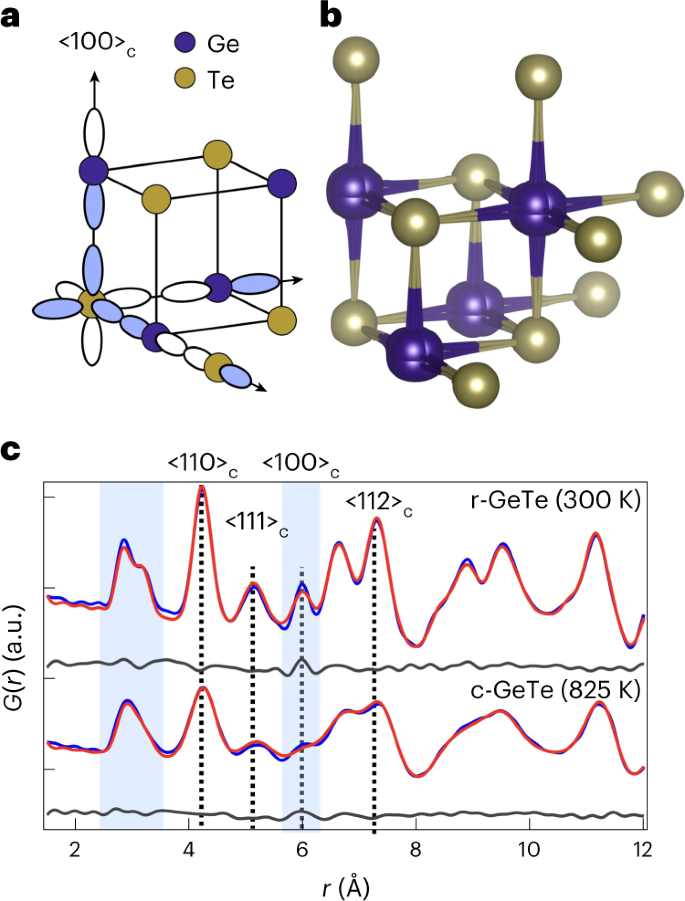2023-03-21 アルゴンヌ国立研究所(ANL)
MOFは、高い吸着力を持つスポンジのように機能するように機能化されることができ、空気中から水を収集したり、化学反応を促進したりすることができます。
研究者たちは、高スループットの実験と機械学習アルゴリズムを組み合わせた手法を使用し、金属-有機フレームワーク(MOF)の触媒活性をスクリーニングした。2,000回の反応を経て、このプロセスを使用して、化学反応の収率を0.4%から24.4%に改善することに成功した。
この研究は、環境問題の解決策として、水不足や気候変動などの問題に取り組むために役立ちます。
<関連情報>
- https://www.anl.gov/article/research-collaboration-between-uchicago-and-argonne-boosts-development-of-sustainable-technology
- https://pubs.acs.org/doi/10.1021/acscentsci.2c01422
ハイスループット実験、理論的モデリング、そして人間の直感:金属有機フレームワークによる触媒設計の教訓 High-Throughput Experimentation, Theoretical Modeling, and Human Intuition: Lessons Learned in Metal–Organic-Framework-Supported Catalyst Design
Katherine E. McCullough, Daniel S. King, Saumil P. Chheda, Magali S. Ferrandon, Timothy A. Goetjen, Zoha H. Syed, Trent R. Graham, Nancy M. Washton, Omar K. Farha, Laura Gagliardi and Massimiliano Delferro
ACS Central Science Published:January 26, 2023
DOI:https://doi.org/10.1021/acscentsci.2c01422

Abstract
We have screened an array of 23 metals deposited onto the metal–organic framework (MOF) NU-1000 for propyne dimerization to hexadienes. By a first-of-its-kind study utilizing data-driven algorithms and high-throughput experimentation (HTE) in MOF catalysis, yields on Cu-deposited NU-1000 were improved from 0.4 to 24.4%. Characterization of the best-performing catalysts reveal conversion to hexadiene to be due to the formation of large Cu nanoparticles, which is further supported by reaction mechanisms calculated with density functional theory (DFT). Our results demonstrate both the strengths and weaknesses of the HTE approach. As a strength, HTE excels at being able to find interesting and novel catalytic activity; any a priori theoretical approach would be hard-pressed to find success, as high-performing catalysts required highly specific operating conditions difficult to model theoretically, and initial simple single-atom models of the active site did not prove representative of the nanoparticle catalysts responsible for conversion to hexadiene. As a weakness, our results show how the HTE approach must be designed and monitored carefully to find success; in our initial campaign, only minor catalytic performances (up to 4.2% yield) were achieved, which were only improved following a complete overhaul of our HTE approach and questioning our initial assumptions.



